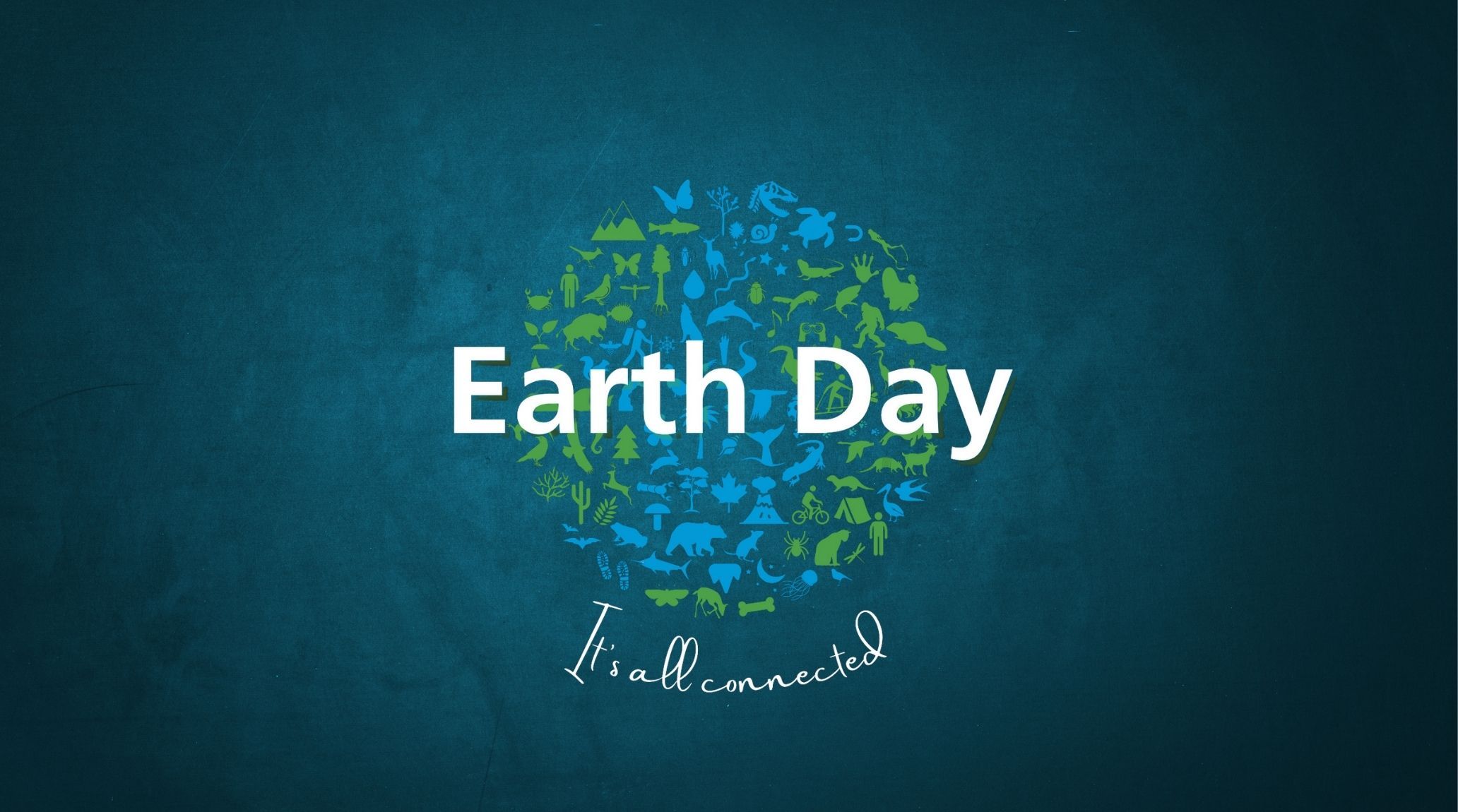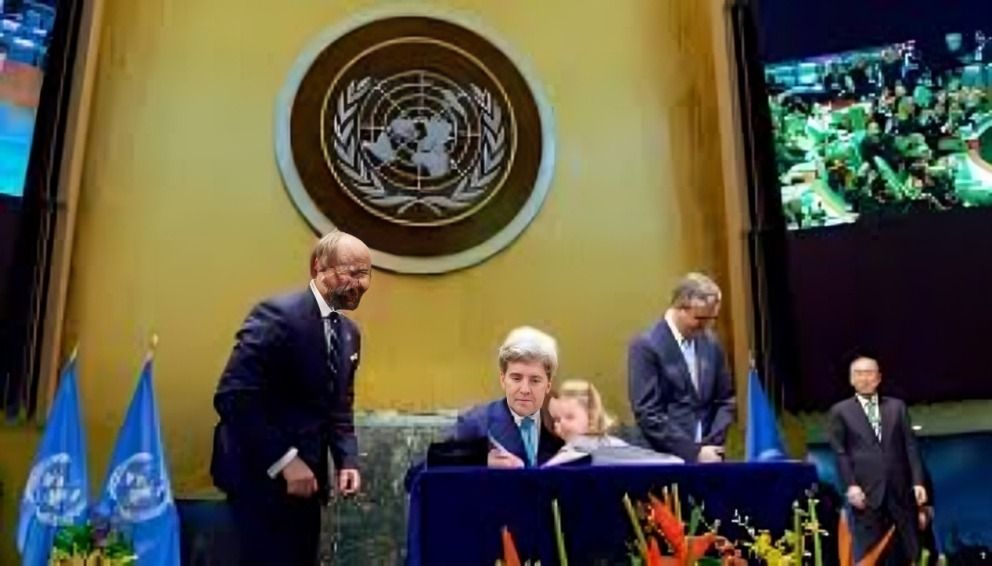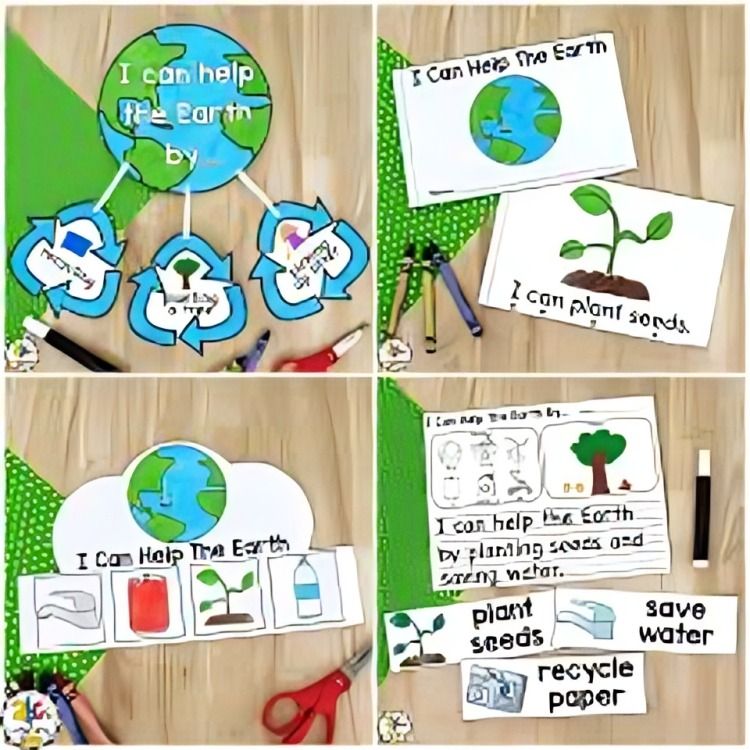
“
Earth Day, celebrated annually on April 22nd, is a pivotal event aimed at promoting environmental awareness and encouraging sustainable practices. First celebrated in 1970, Earth Day mobilized millions of people to advocate for a healthier planet. This day serves as a reminder of our responsibility to protect them. In this blog, we present 20 must-know facts about Earth Day that emphasize its significance and the collective efforts needed to safeguard our planet.1
1
”
Earth Day, celebrated annually on April 22, began in 1970 and is dedicated to raising awareness about environmental protection, making it one of the largest civic observances worldwide. 1
The first Earth Day mobilized 20 million Americans, sparking the modern environmental movement and leading to the establishment of essential environmental policies like the Clean Air Act and the Clean Water Act. 2
Earth Day became a global event in 1990, when over 200 million people across 141 countries participated, marking a powerful shift toward international environmental action and collaboration. 3
The theme for Earth Day changes each year, focusing on pressing issues like climate change, plastic pollution, and the conservation of biodiversity to inspire global action on specific concerns. 4

Earth Day events include tree planting, beach clean-ups, recycling drives, and educational seminars, empowering people of all ages to contribute positively to the environment.
The Earth Day Network, now known as EarthDay.org, organizes the event, advocating for global environmental reforms and reaching over one billion people in 192 countries each year. 5
Earth Day encourages green practices like reducing waste, conserving water, and switching to renewable energy sources, inspiring people to make everyday changes that benefit the planet. 6
Many Earth Day campaigns promote tree planting as a way to combat deforestation, aiming to plant billions of trees worldwide to help absorb carbon dioxide and purify the air. 7
The environmental movement gained momentum after Earth Day’s inception, leading to the creation of the Environmental Protection Agency (EPA) in the United States in December 1970. 8

Earth Day played a role in fostering key international agreements, such as the Paris Agreement, by raising global awareness about climate change and pressing the need for urgent action.
Each year, Earth Day reaches millions through social media, where hashtags like #EarthDay and #InvestInOurPlanet trend, encouraging people to share eco-friendly actions and raise awareness. 9
Many cities turn off non-essential lights in iconic buildings for Earth Day, symbolizing a commitment to energy conservation and showing solidarity with global environmental efforts. 10
In recent years, Earth Day has spotlighted issues of environmental justice, focusing on how pollution and climate change disproportionately affect marginalized communities worldwide. 11
Earth Day serves as a reminder of the planet's biodiversity, promoting efforts to protect endangered species and preserve ecosystems crucial for maintaining balance in nature.12

Schools, universities, and organizations worldwide participate in Earth Day activities, teaching the importance of sustainable living and inspiring students to become future environmental leaders.
Earth Day inspires people to reduce plastic use, promoting alternatives like reusable bags and bottles to decrease the staggering amounts of plastic waste affecting oceans and wildlife. 13
Recycling awareness is a significant part of Earth Day, encouraging people to recycle responsibly and highlighting the environmental benefits of reducing landfill waste and conserving resources. 14
During Earth Day, many people volunteer in local environmental projects, like restoring habitats, cleaning up rivers, and planting community gardens, making an immediate impact on their surroundings. 15
Earth Day's reach has expanded through virtual events, enabling people around the world to participate in online seminars, eco-friendly webinars, and global discussions on environmental challenges. 16
Earth Day is more than a one-day event; it serves as a call to action for ongoing sustainability efforts, inspiring individuals and leaders to protect the Earth every day of the year. 17


